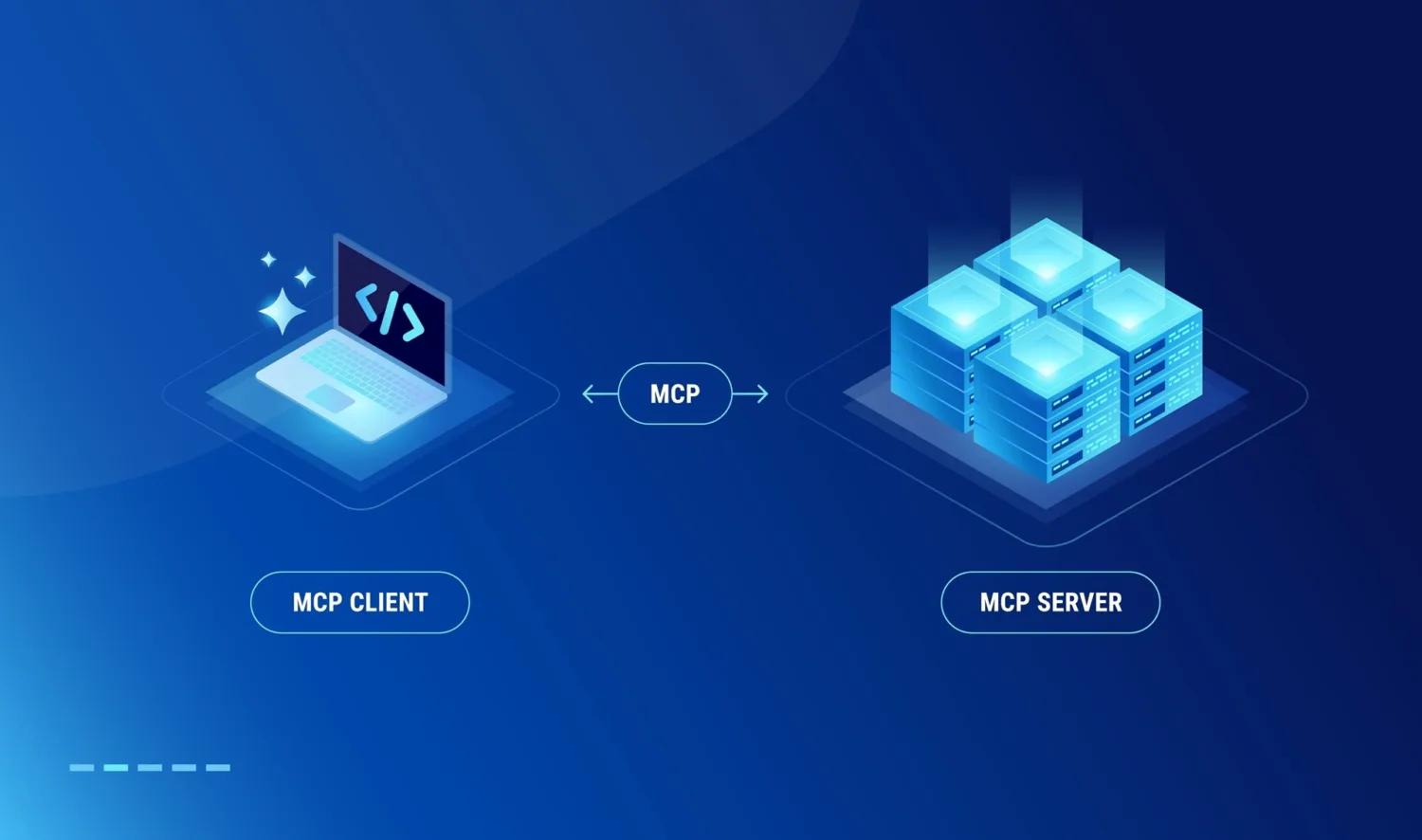Empowering DevSecOps and Streamlining Security Workflows

Due to the rapid advancement of software development methodologies, it is now essential to protect apps from vulnerabilities, elevating Application Security Posture Management (ASPM) to a critical position in every organization’s strategy. We will walk through how DevSecOps and application security concepts combine with an ASPM platform to improve productivity, streamline security procedures, and facilitate secure software development.
What is DevSecOps?
DevSecOps aims to integrate application security practices into modern software development processes. Combining security and development principles enables organizations to build secure software while maintaining development velocity.
DevSecOps harmoniously merges the domains of application security, infrastructure vulnerability management, and workflow automation. This integration fosters collaboration and creates a cohesive environment for secure software development.
Benefits of DevSecOps include increased agility, improved communication between teams, fewer vulnerabilities, and faster time to market. Some key aspects include:
- AppSec Posture Management (ASPM): Gives you visibility into the security posture of applications, identifying potential weaknesses such as misconfigurations, insecure dependencies, and known vulnerabilities. ASPM enables security teams to prioritize remediation efforts based on severity, potential impact, and business priorities, enhancing risk management and security posture.
- Unified Vulnerability Management (UVM): Offers a centralized and holistic view of vulnerabilities across applications and infrastructure. It integrates data from diverse sources like static analysis, dynamic scanning, container scanning, penetration testing, and infrastructure assessments, providing a comprehensive understanding of the organization’s security landscape. For example, UVM can identify vulnerabilities in critical infrastructure components such as servers, network devices, and databases. By incorporating infrastructure assessments into UVM, organizations can proactively address vulnerabilities and misconfigurations in their infrastructure, ensuring a robust security approach across their technology stack. e. Advanced analytics and machine learning techniques help identify patterns, prioritize vulnerabilities, and deliver actionable insights.
- AppSec Orchestration and Correlation (ASOC): ASOC automates security processes throughout the software development lifecycle, reducing manual effort and accelerating response times. ASOC seamlessly integrates with existing development workflows, enabling security teams to embed security best practices from the outset. Automating tasks like ticket creation and escalation, cross-tool correlation, and SLA tracking improves efficiency, minimizes human error, and optimizes resource utilization. ASOC also fosters collaboration between security and development teams, promoting a shared responsibility for security.
Underlying each of these use cases is support for DevSecOps culture and processes, with governance and guardrails throughout the SDLC.
As we delve deeper into the concept of DevSecOps, let’s explore how the ArmorCode ASPM platform plays a pivotal role in delivering the benefits and use cases mentioned earlier. The ArmorCode platform brings together AppSec Posture Management (ASPM), Unified Vulnerability Management (UVM), and AppSec Orchestration and Correlation (ASOC) to empower security teams to unify their findings and create streamlined remediation workflows. By supplying real-time information, encouraging agility in dealing with security concerns, and fostering cooperation between security and development teams, the ArmorCode platform becomes a catalyst for effective decision-making, quick remediation, and efficient communication.
Use DevSecOps to find & fix critical vulnerabilities
DevSecOps must consider both application security and infrastructure vulnerability management to understand security posture and prioritize risks effectively. By unifying and correlating security findings from across tools with business context and threat intelligence, teams can focus on critical vulnerabilities and proactively address security concerns.
Automation plays a crucial role in DevSecOps. Organizations can eliminate manual and repetitive processes by automating common security tasks and known workflows, reducing the risk of human error and optimizing resource utilization. This results in improved efficiency and faster response times.
DevSecOps encourages collaboration between security and development teams. By integrating security seamlessly into existing development workflows, organizations can embed security best practices from the beginning, enabling proactive security measures and reducing vulnerabilities.
Integrating DevSecOps with your technology stack
DevSecOps is built on the power of integrations enabling technology and people to work in a more optimal and secure software development and delivery process. For example, the ArmorCode ASPM platform offers integrations with over 200 application, infrastructure, cloud, and container security tools. This extensive library ensures seamless compatibility with existing security ecosystems and enhances the effectiveness of DevSecOps workflows.
Examples of popular integrations include Checkmarx, Coverity, SonarQube, Jira, and more. These integrations allow organizations to leverage their preferred security tools while benefiting from the streamlined workflows provided by the ArmorCode ASPM platform.
Improve your process with ArmorCode
DevSecOps, as a methodology, enables organizations to merge application security and DevOps principles resulting in streamlined security workflows and improved efficiency in software development. The ArmorCode ASPM platform delivers the core of an effective DevSecOps solution, providing integrated capabilities, collaboration opportunities, and real-time insights.
By adopting DevSecOps practices and leveraging the ArmorCode ASPM platform, organizations can enhance agility, strengthen collaboration between security and development teams, reduce vulnerabilities, and expedite the delivery of secure applications. This holistic approach ensures security remains a priority throughout the development lifecycle.
We encourage you to explore further to experience the impact of DevSecOps and the ArmorCode ASPM platform firsthand. Schedule a demo with ArmorCode and see how you can reduce risk and improve your security posture today.


